How to Shred a Cucumber Without a Shredder
Cooking for yourself is becoming less of a necessity, bit by bit, every day. As your life gets busier and readymade or takeout foods become much easier to access, the amount of time and attention that goes to your kitchen is getting curtailed.
It is only natural that you wouldn't want to fill up your kitchen with tools that you'll rarely use and spend your hard-earned money on them. Yet, if you are like me, you feel disappointed when you get a craving for grilled cheese, and you can't make one because you don't have a grater.
But worry not! Whether you want to grate your potato, carrots, or cheese without owning a grater – we have got you covered.
Here are a few ways to learn how to grate without a grater. Let's get started.
How to Grate without a Grater: Easy Methods to Follow
Here are some methods that you can follow to grate without a grater.
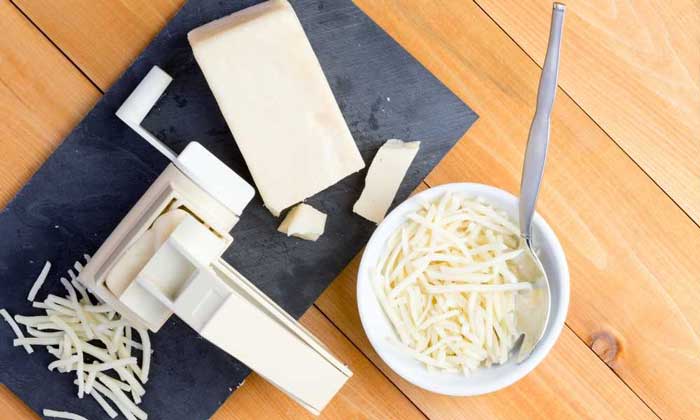
Use Your Food Processor
If you have a food processor and don't need the exact texture you get from a grater, go ahead and use it to mince up your veggies or cheese finely.
The downside of using your food processor is that your veggies will get smashed a bit and release their water content. But if you aren't planning to use them for a fresh salad or slaw, you can quickly get away with this way of doing it.
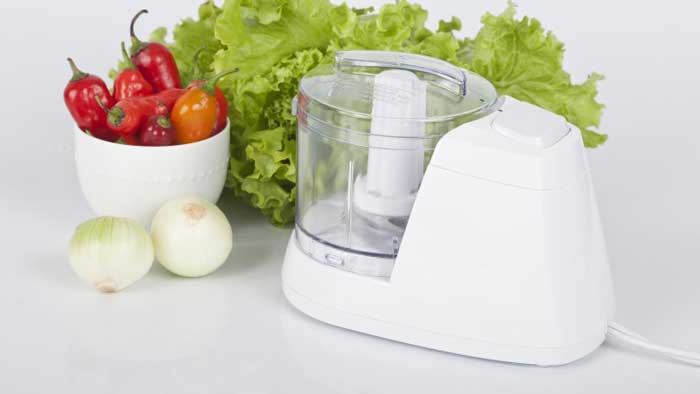
While this is the easiest method of getting your food grated, you may not own a food processor or want to go through the hassle of cleaning out the cheese stuck to the corners. In any case, you can use any of the following techniques.
Knife and Chopping Board
It's one of the oldest tricks in the book to get fine shavings of your vegetable or cheese product. To execute this, all you need is a good sharp kitchen knife and a flat cutting surface, like a chopping board.
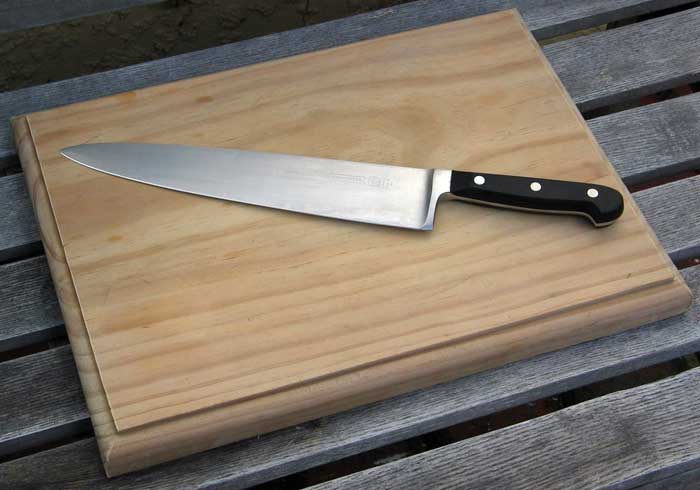
- If you want to grate a round object, cut it down the middle to get two pieces with a flat side.
- Lay down a piece on the flat side, so it doesn't roll
- Use your knife to cut the smallest and thinnest piece you can from one of the corners at a 45-degree angle.
- Keep your knife slow and steady and keep shaving off slices as thin as you can; continue doing so until there isn't enough material for you to shave off.
- Pick up stacks of 5-6 shaved strips and lay them down on the flat side.
- Again using your knife, make long vertical slices; if they are too long for your cooking needs, cut them down the middle lengthwise.
- Enjoy your knife-grated goodies.
While this method may take time and effort, it gets the job done every time. It will also help you build some knife skills along the way if you are into that.
Crumble the Soft Cheese
If you want to grate a soft, young cheese like a fresh gouda or some fetta, crumbling it into your hands will give you practically the same result.

But before doing so, remember to wash your hands properly and dry them out well. Then, cut as much as you need to form a cheese block and apply pressure with both of your hands in a rolling motion to crumble the cheese into more delicate bits.
And if the cheese is too soft to crumble and is getting mushy from the pressure, you can tear away small pieces. If some bits are too significant, just re-tear them, and you will have finely grated cheese.
Use a Fork
This method works best when you need to grate some spices into your food, like ginger or garlic. You can also do this with a small spoon, but the fork works best.
Take a head of garlic or a bulb of ginger and peel them properly. Then use 1 or 2 prongs of your fork like a chisel to grind away at your spice. If you are using a spoon, use its pointiest edge to do so. It will get you a texture similar to that you get from using a garlic press.
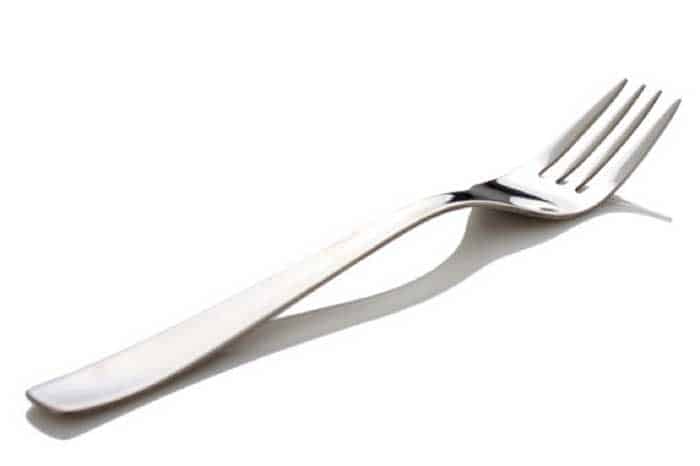
But when you are in a pinch, it is a great way to bypass owning a grater or a press.
Grind Crumbly Cheese against Itself
If you want to grate a cheese product that's already quite crumbly and low in moisture, such as parmesan or semi-hardened ricotta, you can use friction to your advantage.
Cut the cheese into two equal blocks and rub them together, applying moderate pressure from either side with your hands. The coarse surface of the cheese will create friction, and the cheese should crumble apart.
And if you have a hard rind from past cheese blocks, you can rub your cheese against that, and it should work just as well.
Peel and Dice
As the name suggests, this method utilizes a vegetable peeler and a sharp knife. If you are using this technique for cheese, make sure that it is a hard cheese that you can shave using a peeler.
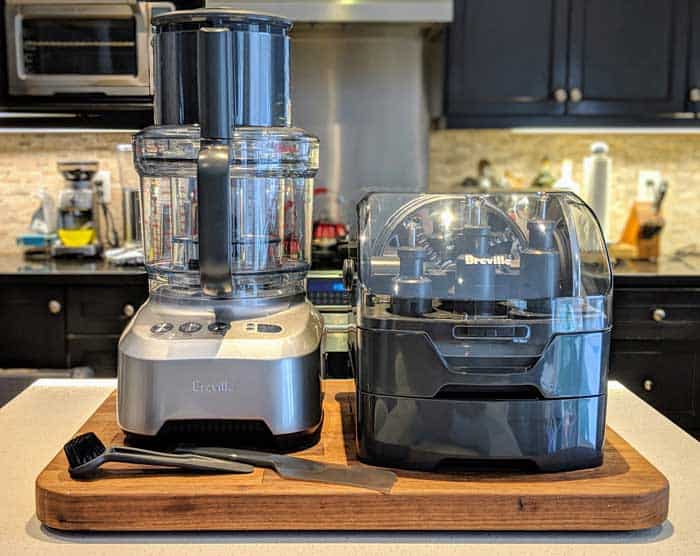
- Use the peeler to shave away the outer skin or dirty bits on your vegetable.
- Hold the peeler firmly and use long, confident strokes to shave away at your product
- Lay all of the shaved pieces on your chopping board and spread them out evenly
- Touch the top part of your knife on your board. Do this while holding the handle and rest of the body afloat at an angle
- With the palm of your free hand, lightly press down on the dull side of the top part of the knife
- Cut down and lift using a seesaw like motion and move across the chopping board, constantly cutting and lifting
- You'll get little strips that are similar to the grated ones you get from using a wide blade grater
Make Your Own Grater
If you want to have a more permanent solution to your grating needs, then spare a little time to make yourself a nice DIY grater with household items.

For this, you will need the following items:
- A can opener
- An empty soda can
- A sturdy screwdriver
- Sanding paper (optional)
Step 1: Using the can opener, altogether remove the top lid of your soda can.
Step 2: Wash the can well and dry it out before doing anything else.
Step 3: Get a screwdriver that has a head as broad as you want your grater's blades to be. Using a smaller screwdriver is recommended.
Step 4: On one side of the can, poke a few holes, maintaining a column and row pattern, as far apart as you need them to be.
Step 5: Make sure that you leave plenty of room behind the holey face to grip the can without hurting yourself.
Step 6: Put the screwdriver in the holes. Then pull down and toward you a little, so the metal is bent out from the holes outward. The outward-facing metal parts will act as your blades.
Step 7: If you have sanding paper, lightly and carefully brush up from the bottom to the top of the holey side of the can. Don't use too much pressure as you can injure yourself.
Step 8: Dust off any excess bits of metal, if there is any, and stand it upside down for a few hours in a dry place.
Step 9: Now that you have a perfect handheld grater, you can grate anything you want with it.
Note: Don't grate anything that may be acidic as it might react with the metal can.
Grate Away
So, now that you know how to grate without a grater, you can go ahead and try all those recipes you wanted to try but couldn't. These techniques may not work as well as a decent piece of kitchen gear you have to buy, but they indeed work well enough to get the job done.
How to Shred a Cucumber Without a Shredder
Source: https://thewindupspace.com/how-to-grate-without-a-grater/